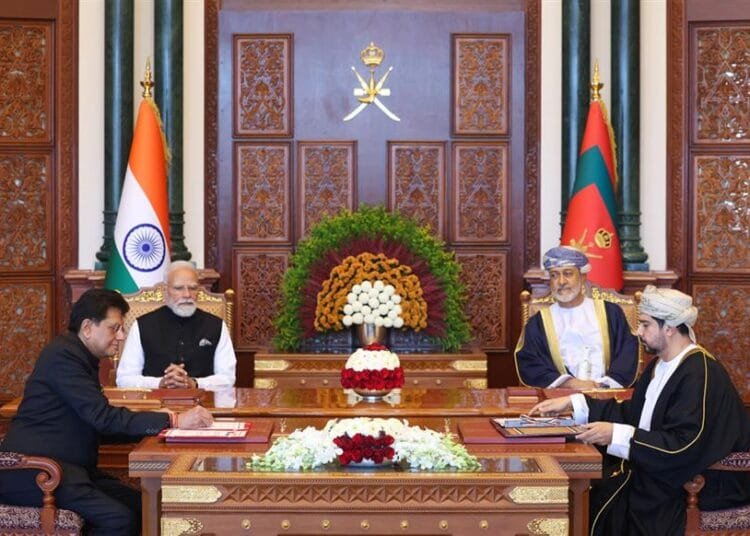H1 face cyclical downturn, says report
India’s economy is likely in a cyclical downturn, but the outlook for the second half of FY2024-25 is brighter, supported by government measures to boost investment and consumption.
Presenting the outlook, Dr Arun Singh, Global Chief Economist, Dun & Bradstreet, says in a report released on 24 Jan, “With a projected Rs 1-1.5 lakh crore increase in capital expenditure and enhanced allocations for rural programs, growth momentum is expected to strengthen.
“Stable bond yields, an improving fiscal deficit, and targeted public spending position India to weather global challenges and sustain economic resilience.”
Overall, while the first half of the fiscal year has been challenging, the second half is expected to see gradual improvement, supported by government measures to drive consumption and investment amid a slowing global growth environment https://www.bseindia.com/.
As for the first half of FY2024-25, the Indian economy appears to be in a cyclical downturn, driven by macroprudential tightening in lending, reduced public expenditure in an election year, and a cyclical slowdown in private consumption and investment, as reflected in high-frequency indicators https://www.nseindia.com/.
The National Statistical Office projects real GDP growth at 6.4% for the fiscal year 2024-25, weighed down by slower mining and manufacturing activities.
Dun & Bradstreet had expected IIP (India Industrial Production) growth to moderate to 4.0% in December 2024, reflecting both global uncertainties and domestic pressures, with industrial production momentum cooling as the base effect normalizes https://fieo.org/.
The February budget will play a crucial role in addressing subdued public spending and stimulating growth. To boost consumption, especially in rural and urban areas, the consultancy had anticipated enhanced allocations for programs like MGNREGA, PM KISAN, and PMAY, along with potential tax incentives to promote rural and urban spending.
“At the same time, we expect driving investment growth to remain a key focus, with an expected Rs.1-1.5 lakh crore increase in capital expenditure over FY25’s revised estimates,” Dun & Bradstreet said in its monthly January report.
“The government’s borrowing program is likely to rise only marginally to around Rs.15 lakh crore, which should keep bond yields stable.”
Meanwhile, the fiscal deficit is expected to undershoot the 4.9% target for FY25 by ~10 bps, with a further reduction to 4.3-4.4% targeted for FY26BE https://sbi.com.in/.
India’s external sector is facing significant pressure, with the Indian Rupee depreciating sharply amid a slowdown in foreign portfolio investor (FPI) activity. In December 2024, the INR/USD exchange rate stood at 85.0, and it is expected to weaken further to 86.3 by January 2025.
Dun & Bradstreet is forecasting further depreciation, with the exchange rate potentially reaching 86.7 in February 2025, driven by a stronger US dollar, global economic uncertainties, higher oil prices, and capital outflows. Fiinews.com










